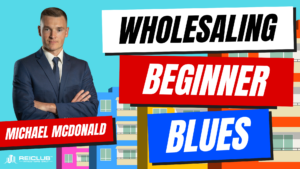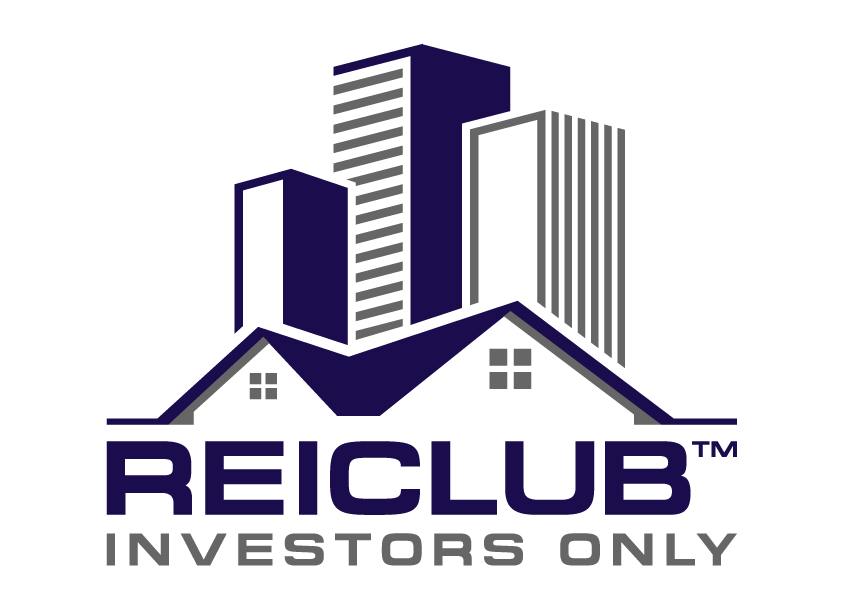While most of the buzz surrounding bank owned properties involves investing in foreclosures, what if you are looking to purchase a home yourself? Is buying a bank owned REO/foreclosure a smart move when looking for your primary residence? Absolutely! You can get more bang for your buck by purchasing a distressed property and perhaps, even get an incredible deal that provides you with instant equity the moment you buy it. But there are some pitfalls as well. To avoid making a big mistake, follow these 4 important steps when buying an REO/Foreclosure to live in as your home:
- Step # 1 – Hire a Real Estate Agent: Since the seller, which is a bank, is going to pay commission of the real estate agent representing you anyway, you might as well get someone on your side to help you with the transaction. And if you don't hire an agent, the bank/seller is not going to pass those savings onto you. Instead, the bank/seller will keep that extra money normally earmarked for a buyer's agent. Therefore, it's free to you to hire a real estate agent, so go get one (preferably a good one).
- Step # 2 – Don't Expect to Steal the Property: Banks are more greedy than you think. Contrary to popular belief, banks aren't “desperate to get foreclosures off their books.” The opposite is usually the case, whereby the seller/bank won't budge on price nearly as easily as a regular seller will. Certainly you can try to offer far less than list price, but don't be surprised if the seller/bank rejects your offer.
- Step # 3 – Order a Home Inspection: It may cost you $300 out of pocket, but it is worth it.
- Step # 4 – Don't Set Your Heart on the Deal: Why? Whatever hidden issues appear on the inspection report, in almost all cases, the seller, which is a bank, won't reduce the price or provide any concessions for the surprise problems the inspector finds. Instead, the bank/seller will typically tell you that the deal is “as-is” and that if you want that property, you have to accept all the warts that come with the property. By not setting your heart on the deal, it'll be a whole lot easier to walk away rather than settle for buying a foreclosure you fell in love with that has significant issues.
Plus, there are other benefits to buying a bank owned property if you're intent is to live in the property. HUD homes, which are government owned foreclosures, will only accept offers from “owner occupants” for the first 30 days so you have no investors to compete with. In some communities, HUD homes come with special incentives too, such as down payment assistance to local service workers, like policemen, firemen and teachers. Also, VA foreclosures provide special VA Vendee financing options (to everyone, not just military men and women) which have terrific terms and may be easier to qualify for than a normal mortgage.
When you follow the 4 steps above, you'll hopefully avoid any major issues when purchasing a bank owned property as your primary residence. I know I did when I purchased my current primary residence from a bank. I got an amazing deal on a huge, gorgeous home on the water in Florida. I paid less than half of what the original owner paid to have it custom built five years prior. The key for me was that my family and I were patient. It took over two years of searching and making offers on other properties before it came together. All the while, I watched the market continue to drop further and further, which only helped me. That's the biggest issue most home buyers have…they are impatient. If you rush, you can make a bad decision that will haunt you for years to come. When you take your time buying a primary residence, you can find an incredible deal and it can be home sweet home for you and your family.




We love your feedback and welcome your comments.
Please post below: